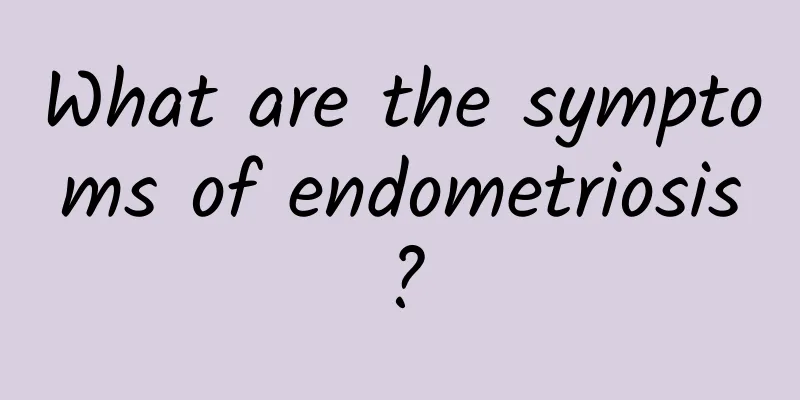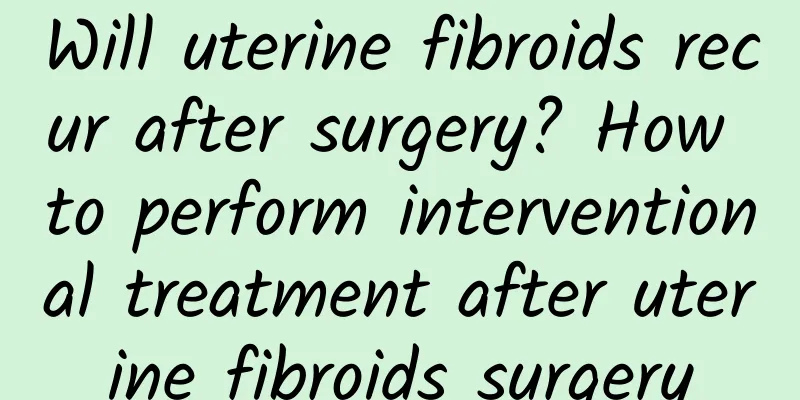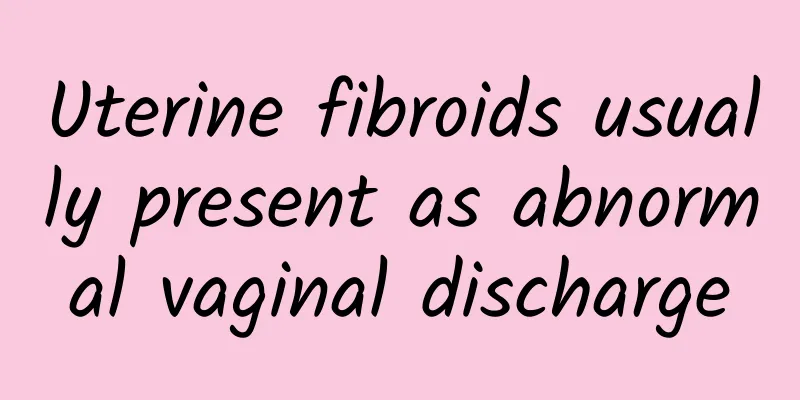What are the symptoms of endometriosis?

|
Endometriosis is a common gynecological disease in women caused by the implantation of active endometrial cells outside the endometrium. Endometrial cells should grow in the uterine cavity, but because the uterine cavity is connected to the pelvic cavity through the fallopian tube, endometrial cells can enter the pelvic cavity through the fallopian tube and grow ectopically. Symptoms of endometriosis vary from person to person, but common symptoms include: 1. Secondary and progressive dysmenorrhea: This is the most typical symptom of endometriosis. About 60% to 80% of patients suffer from dysmenorrhea. The pain is mostly in the middle of the lower abdomen and the lumbosacral region, but the pain can radiate to the perineum, anus and thighs, presenting as a heavy and distending pain. It usually occurs 1 to 2 days before menstruation and reaches its peak on the first day of menstruation. Most of the pain is severe and requires bed rest or painkillers, which gradually ease after menstruation. 2. Menstrual disorders: often manifested as increased menstrual flow, prolonged menstrual period or premenstrual spotting. Some patients may even experience decreased menstrual flow. 3. Pain during sexual intercourse: It usually manifests as deep pain during sexual intercourse, and the pain is most obvious before menstruation. 4. Periodic bladder irritation symptoms: When the lesion involves the bladder peritoneal folds or invades the bladder muscle layer, symptoms such as urgency and frequent urination during menstruation will appear at the same time. If the lesion invades the bladder mucosa, bladder endometriosis will cause periodic hematuria and pain. 5. When ectopic endometrium grows in any part outside the pelvic cavity, periodic pain, bleeding, and lumps may occur locally, along with corresponding symptoms. 6. Severe abdominal pain: When an ovarian endometriosis cyst ruptures, it can cause sudden severe abdominal pain, accompanied by nausea, vomiting, and anal distension. It is similar to ectopic pregnancy rupture, but there is no intra-abdominal bleeding. If you suspect you may have endometriosis, you should seek medical attention and treatment in time. At the same time, maintaining good living habits and personal hygiene is also one of the important measures to prevent endometriosis. |
<<: Symptoms of pregnancy and menstruation
>>: How to treat mild cervical erosion
Recommend
Is adnexitis life-threatening?
In modern life, many women suffer from gynecologi...
Some professional introduction to the causes of pelvic inflammatory disease
Do you know the cause of pelvic inflammatory dise...
What is the difference between uterine fibroids and adenomyosis?
What is the difference between uterine fibroids a...
How to completely treat ovarian cysts
How to completely treat ovarian cysts? Ovarian cy...
What medicine to take for cervicitis
Cervicitis is one of the common gynecological dis...
Precancerous lesions of the cervix detected during pregnancy
I believe that for every female friend, nurturing...
Frequent vaginal douching may increase the risk of ectopic pregnancy
The latest British gynecological research shows t...
Good habits can effectively prevent the occurrence of cervicitis
Nowadays, cervicitis can occur in women of all ag...
Women should be careful of the 6 major hazards of abortion. Women should also pay attention to 4 things after abortion.
Women should be careful of the following six haza...
What are the topical medications for vulvar itching?
Female friends often consult experts. What are th...
How does cervical precancerous lesions develop?
In the eyes of cervical cancer patients, there ar...
Can a biopsy of vulvar itching prove that it is vulvar leukoplakia?
Vulvar itching can be diagnosed as vulvar leukopl...
Uterine fibroids may be caused by ovarian endocrine effects
Uterine fibroids may be caused by the influence o...
Two good treatments for adnexitis
The incidence of adnexitis is generally very high...
What should I do after uterine fibroid surgery? What should I pay attention to after uterine fibroid surgery?
What are the precautions after uterine fibroid su...









